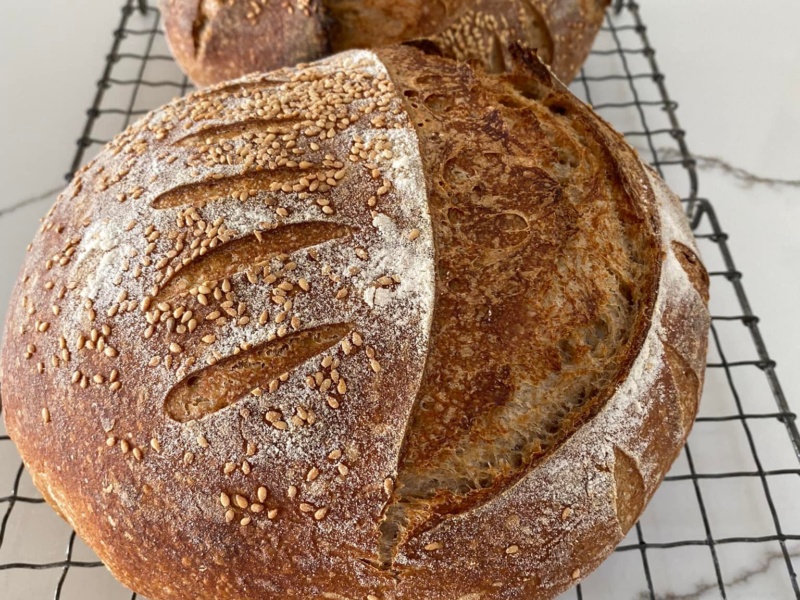Who would think that naturally fermented food could be so good for us? It is highly beneficial for our gut microbiome – the 100 trillion or so bacteria and microorganisims that occur naturally in our digestive tract. Fermented food provides a dose of healthy probiotics that increases the diversity of our microbiome and benefits our digestion.
Fermenting food is an age-old process that has been used traditionally for preserving fresh food for later times. Eating a diet with fermented food increases gut diversity and helps reduce the chronic inflammation associated with conditions such as stress, obesity, type 2 diabetes, metabolic syndrome, heart disease and rheumatoid arthritis. Fermented foods include kefir, kimchi, kombucha, miso, pickled vegetables, sauerkraut, sourdough bread, tempeh and yoghurt. Let’s explore each one to find out which you would like to incorporate into your diet.
Kefir
Kefir is a living fermented drink – like drinkable yoghurt due to its thinner nature and with a very light fizz. Yoghurt is cultured by bacteria, whereas kefir is made from both bacteria and yeast. There are close to 60 types of bacteria in kefir, including the lactobacillales (lactic acid bacteria), where as most yoghurts have two. As such, it is one of the most potent probiotics.
Kefir is made by adding kefir grains to milk, coconut milk or water, and letting it ferment for 24 hours. Kefir grains are naturally occurring combination of bacteria and yeast. They are a symbiosis of proteins, lipids and polysaccharides. It multiplies in the millions and, so long as you feed it, it can live forever.
Drinking kefir regularly helps reduce blood pressure, cholesterol and blood sugars. Diabetics who consume kefir have lower fasting blood sugar and HbAcI levels. For the best nutrition, make sure you drink kefir without any added sugar. There are two main categories of kefir – milk and water kefir. Milk kefir grains look a bit like mini cauliflowers. Water kefir came from a culture of bacteria and yeast that grew on a prickly pear cactus.
Kimchi
Kimchi is a red Korean salted, seasoned and fermented cabbage condiment. The average South Korean consumes at least one to two servings of kimchi daily. The high level of probiotics, anti-oxidants, vitamins and minerals does wonders for their health.
Typical ingredients include Chinese cabbage, cucumber, cayenne peppers, leeks, mustard leaves and spring onions, mixed with chilli, garlic, ginger and various other spices. These are then fermented in a tightly closed jar.
Espoused health benefits include a boost to immunity, reduced LDL cholesterol and blood glucose, improved digestion, reduced inflammation, slowing the signs of aging, type 2 diabetes management, good skin and shiny hair, and helping you lose weight.
And finally a piece of interesting trivia: Koreans say “kimchi” to create a smile, like the English “cheese”, when having their photograph taken!
Kombucha
This lightly effervescent fermented tea drink is created with tea, sugar, bacteria and yeast. It uses black or green tea and has its origins in Manchuria (Northeast China) in 220 BC. Kombucha has gradually grown in popularity due to its health benefits to the extent that commercial brands are now commonplace in supermarkets. You start with a symbiotic culture of bacteria and yeast (SCOBY), also called the “mother”, “tea fungus” or the “mushroom”. It has alot of probiotics (good gut bacteria), so it is excellent for your gut biome, intestinal cells and immunity. It has a sweet-tart taste and is usually mixed with other flavours eg: apple, honey, orange, raspberry, mango for sweeter varieties, or beet, rose, lemon for more tangy styles. A little natural sugar is needed for fermentation, though to be healthy, make sure there’s no more than two grams of sugar per cup.
Miso
Miso, another living food, is a fermented soybean paste and a staple in any Japanese diet since 1200AD. It is rich in antioxidants, amino acids, vitamins and minerals. Made by fermenting mashed soybeans with salt and a natural culture called koji, it offers many nutrition benefits. Miso can also be made by fermenting other beans and grains such as barley, millet, chickpeas and azuki beans. Quality fermentation lasts for six months to several years, although most commercial versions rely on accelerated fermentation of a few weeks. Stay away from pasteurised versions as these contain no probiotics. Drinking a small bowl of miso soup each day has been shown to decrease ‘bad’ LDL cholesterol; reduce the risk of heart problems, stroke and type 2 diabetes; and improve your gut health and skin.
Although unfermented soy has been identified as a major food allergen, studies show that the fermentation process for miso deactivates the negative effects and makes it beneficial for health. Use quality miso made from non-GMO soybeans. Do not overheat miso above 70C as this will kill off the good lactic acid bacteria. For example, turn the heat off when adding the miso to miso soup. The soup shouldn’t be piping hot.
Miso is salty and a little goes a long way with its delicious umami flavour. There are many different types of miso. Generally, the darker the colour the longer it’s been fermented and more intense the flavour. Use the lighter cream and yellow pasts for a more delicate flavour in dipping sauces, glazes, dressings and marinades, and brown or dark red versions for heartier meals.
Pickled vegetables
Pickling is an ancient technique that simply uses water and salt to preserve vegetables to help them last longer. You can also add herbs and spices such as chillies, coriander seeds, dill, garlic and peppercorns to add more flavour if you wish. Cucumbers and onions are most commonly pickled, but you can also pickle beetroot, carrots, capsicums, daikon, radishes, zucchini, cauliflower, chillies and other vegetables.
You can pickle vegetables is using salt and water, however some recipes add vinegar. Make sure you sterilise the jars before adding the vegetables to help them avoid contamination.
Sauerkraut
Sauerkraut, meaning ‘sour cabbage’, is a condiment or side dish made of fermented cabbage. It uses just cabbage and salt, which are placed in a container so that the cabbage can ferment – releasing its own liquid to create its own brine. Cabbage has lactobacillus bacteria occurring naturally on its leaves. These bacteria convert the carbohydrates in the cabbage into lactic acid, which acts as a natural preservative. In traditionally made sauerkraut there are no preservatives or additives. Fermentation takes place for 3 to twenty days, and the flavour will develop more with time. The beauty of making homemade sauerkraut is that you get to decide when to eat it. Serve a little sauerkraut raw in a sandwich, or as a condiment to meat or other protein.
There are many nutrients in sauerkraut such as Vitamin C and K, iron, folate and potassium, and often gut-valuable probiotics. Not all sauerkraut, however, contains probiotics, and if you cook the sauerkraut you will kill any probiotics. If you want to sauerkraut with probiotics for the health benefits, buy those in the refrigerator, and check that it only has cabbage and salt as ingredients. Look for words such as perishable, raw, unpasteurised and keep refrigerated. If it is pasteurised, make sure it is low heat pasteurisation. It may also say that it’s a source of lactobacilli, or name the strain.
Sourdough bread
Sourdough is a leavened bread, meaning that the dough rises naturally as a result of the gas released during the fermentation of natural gains. It has only four ingredients: flour, salt, water and wild yeast.
Instead of using baker’s yeast as most commercial breads do, sourdough bread begins with a natural starter – a mixture of flour and water. This is allowed to ferment over approximately five days, feeding it each day with more flour and water until it is properly leavened. Part of this starter is then added to more flour and salt to form a dough, while the rest is retained to start the process again. The wild yeast produces lactic acid which kills unwanted bacteria, preventing the sourdough starter from deteriorating, and giving the bread its signature tangy flavour. Lactic acid also has beneficial anti-oxidant qualities, which can help reduce the risk of heart disease, dementia and other health conditions.
The good bacteria in sourdough reduce the glycaemic index of the bread, improve gut health and lead to better nutrient absorption. Although not gluten free, the long fermentation process breaks down much of the gluten to amino acids, making it easier to digest.
Sourdough contains prebiotics, an indigestible fibre which keeps your gut healthy by feeding the good bacteria, probiotics, that live there. These prebiotics make sourdough easier to digest than other breads. Sourdough also contains a bundle of vitamins and minerals, including calcium, folate, iron, magnesium, manganese, phosphorus, potassium, niacin, riboflavin, selenium, thiamin, vitamins B1-B6, B12, vitamin E and zinc, making it extra good for your health. Many of these nutrients get processed out of other bread.
Tempeh
Tempeh is made from fermented soybeans compressed into a square. A starter culture of Rhizopus oligoporus fungal species is added to the boiled and dehulled soybeans. The fermentation takes place at room temperature for approximately 36 hours.
Tempeh contains all the essential amino acids and is therefore a complete source of vegetarian protein. It has a firm, chewy texture and a slightly nutty, mushroomy flavour. Tempeh can be sauteed, baked or steamed before adding to dishes. For better health, choose tempeh over unfermented soybean products such as tofu.
Yoghurt
Yoghurt is made from the bacterial fermentation of any kind of milk. Heated milk is combined with bacteria and left to sit for several hours at 43 to 46 degrees Celsius. This converts the natural milk sugars, lactose, to lactic acid which gives yoghurt its distinctive thick texture and sourish flavour.
Regular consumption of yoghurt increases your immunity and helps protect your body against heart disease, type 2 diabetes, obesity, irritable bowel syndrome, Crohn’s disease and rheumatoid arthritis. Greek yoghurt is made by straining out the whey protein which increases the amount of calcium and protein per serving. Some lactose intolerant people who normally can’t eat dairy products can tolerate Greek yoghurt due to its lower concentration of lactose. Its naturally occurring potassium also flushes out excess sodium from your body, which helps prevent high blood pressure. A healthy option is to substitute Greek yoghurt for foods such as mayonnaise, cream or sour cream.
Make sure you read labels and ensure there is no added sugar. Choosing low fat options is not recommended as they typically add carbohydrates to make up for the loss of flavour. The best yoghurt is full fat, plain with natural probiotics – you can add berries or other flavours yourself.
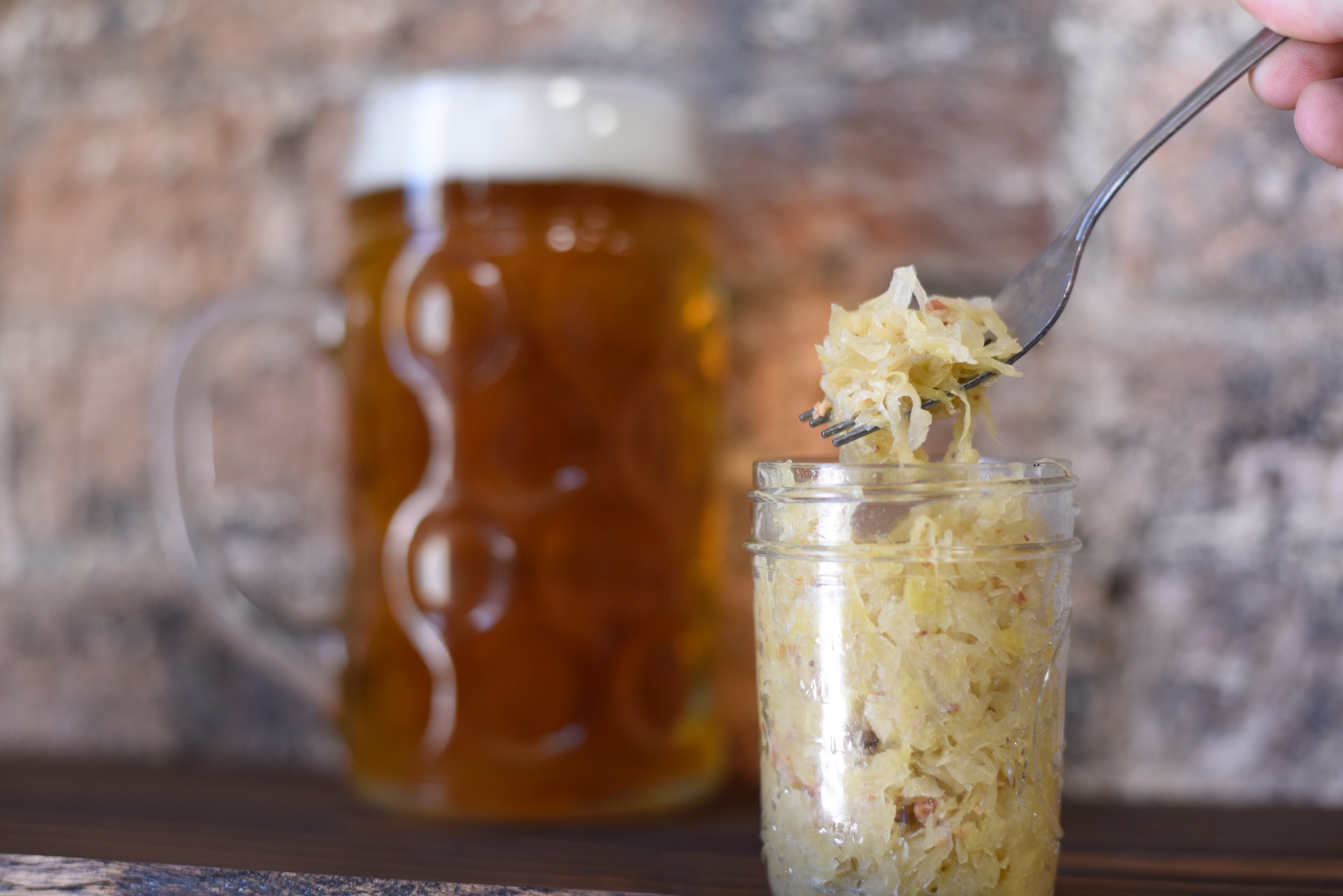
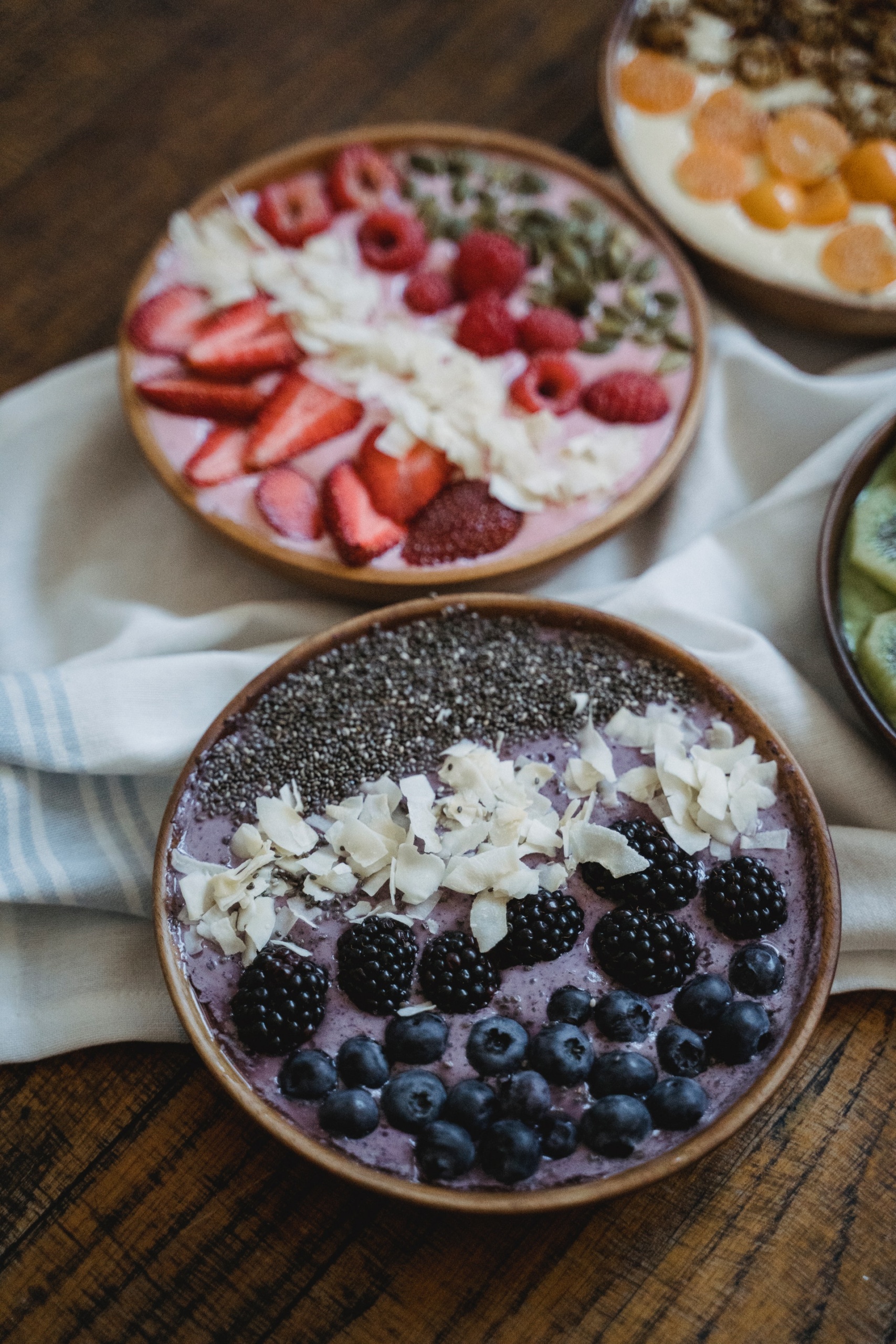
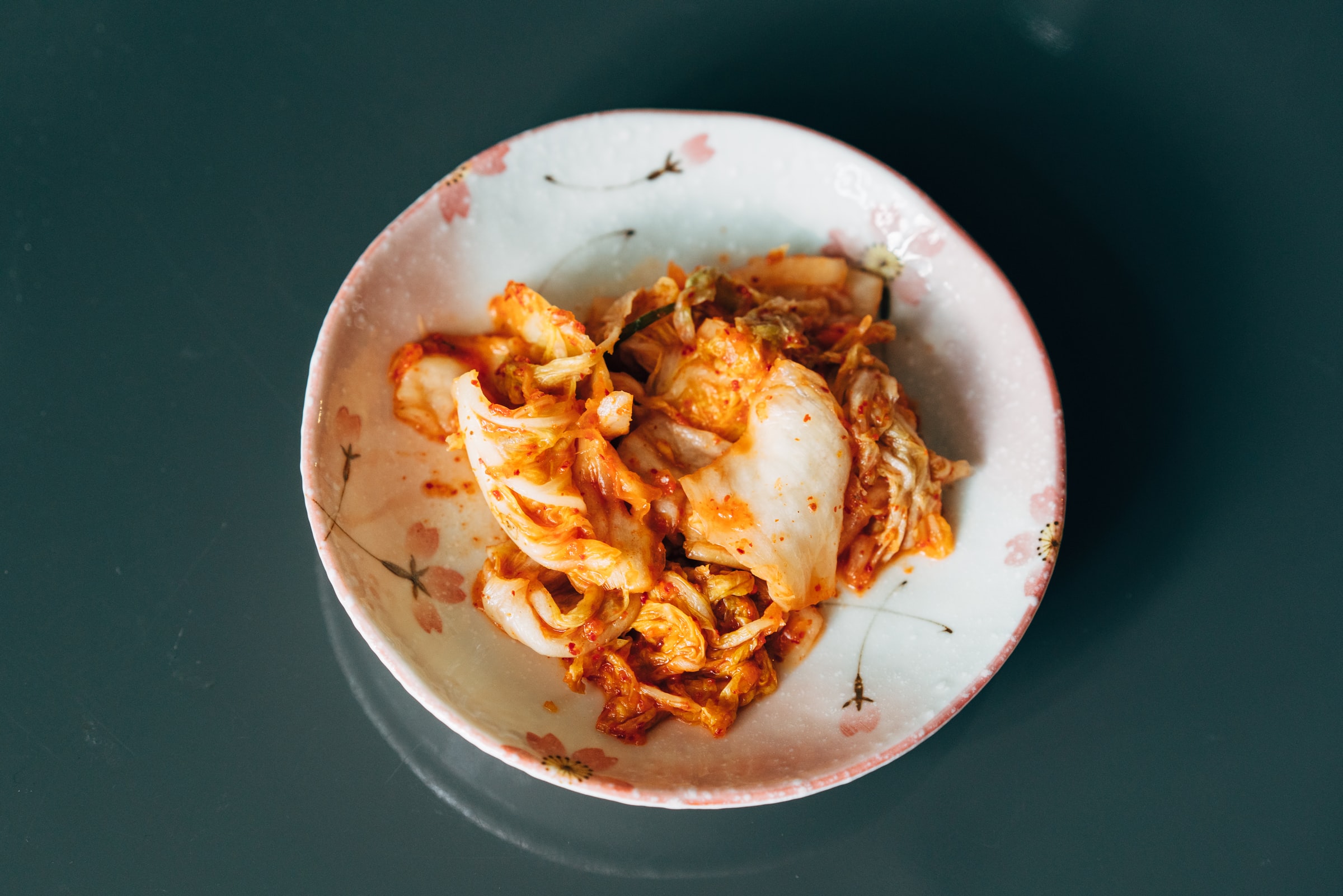
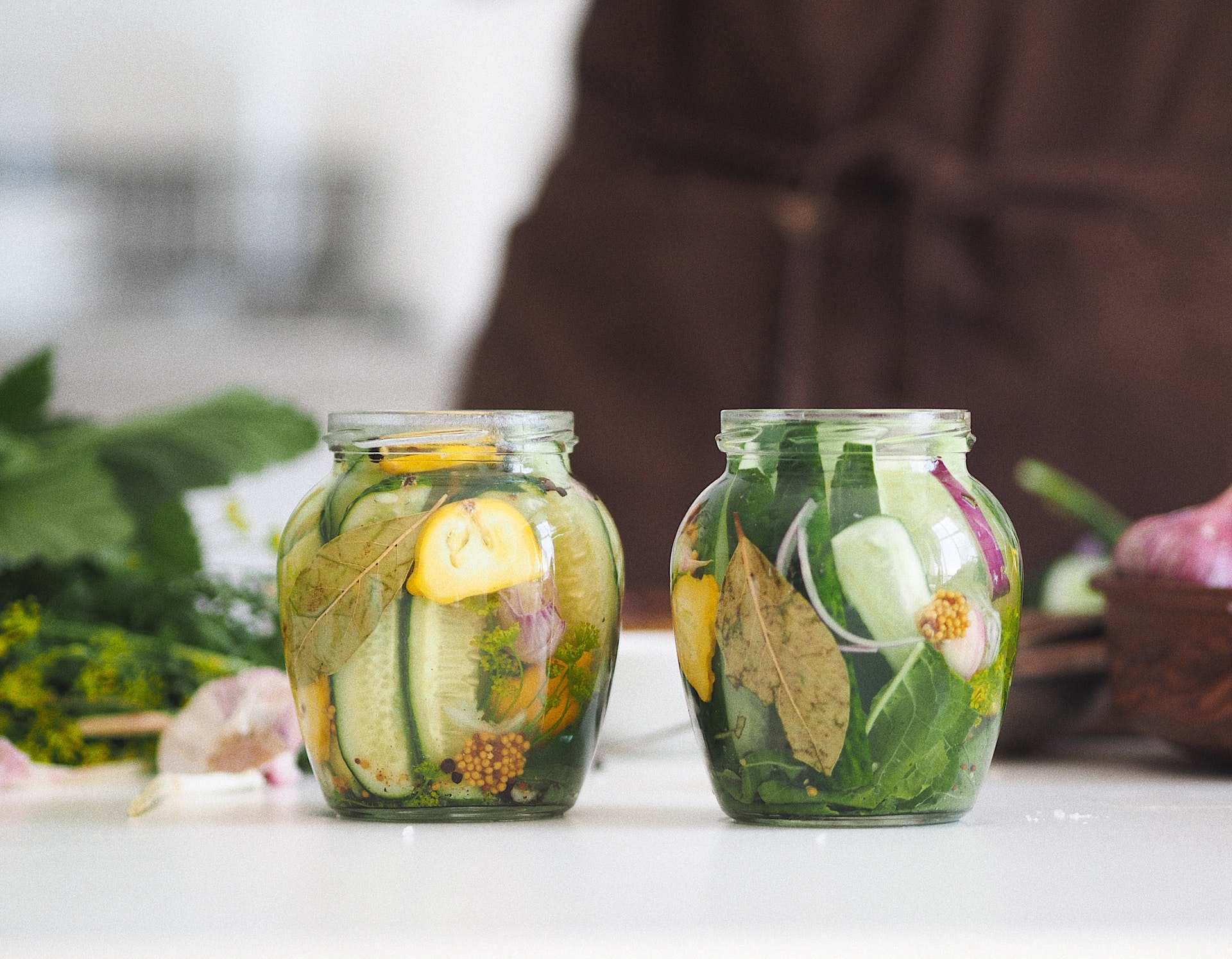
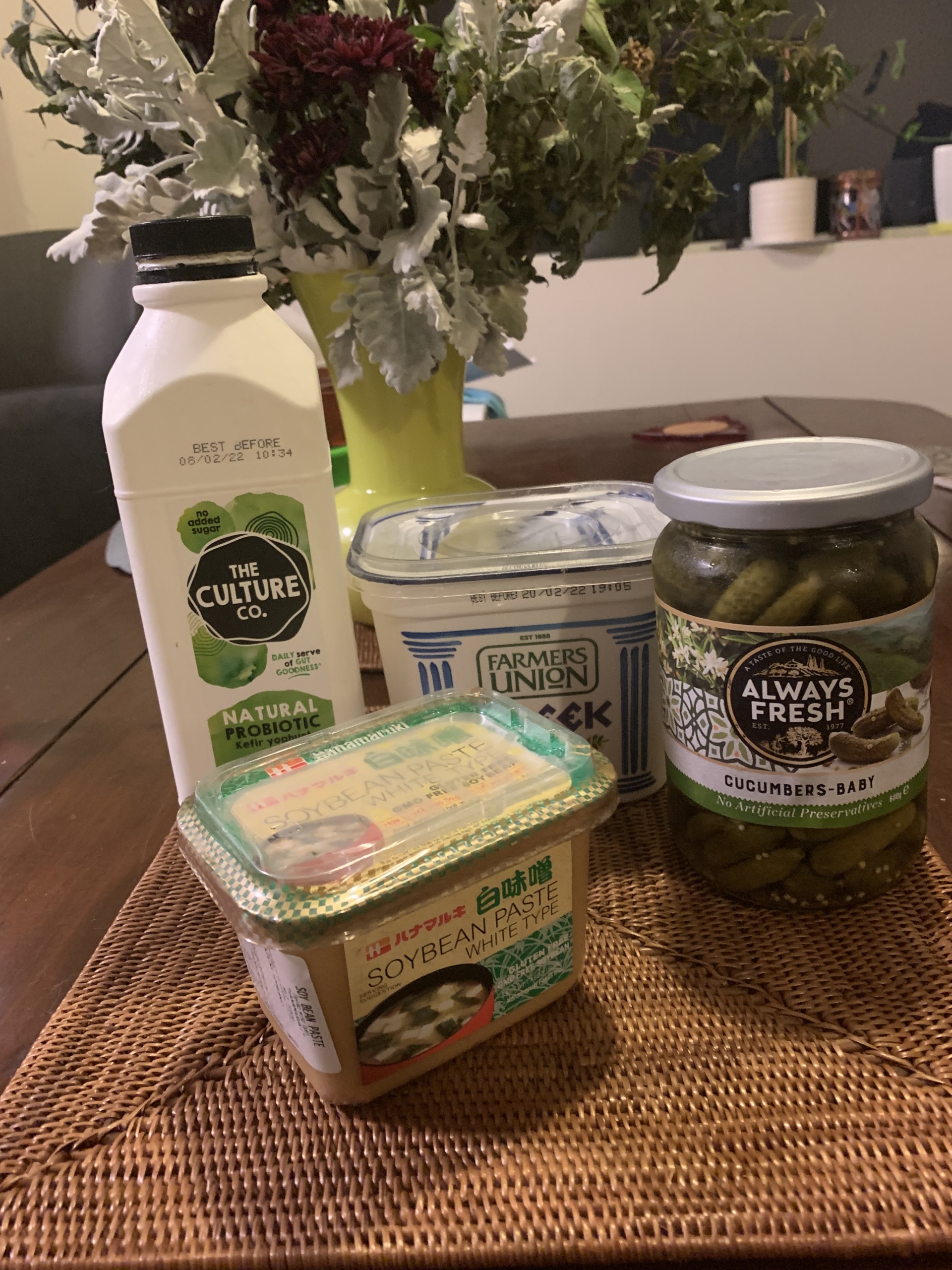
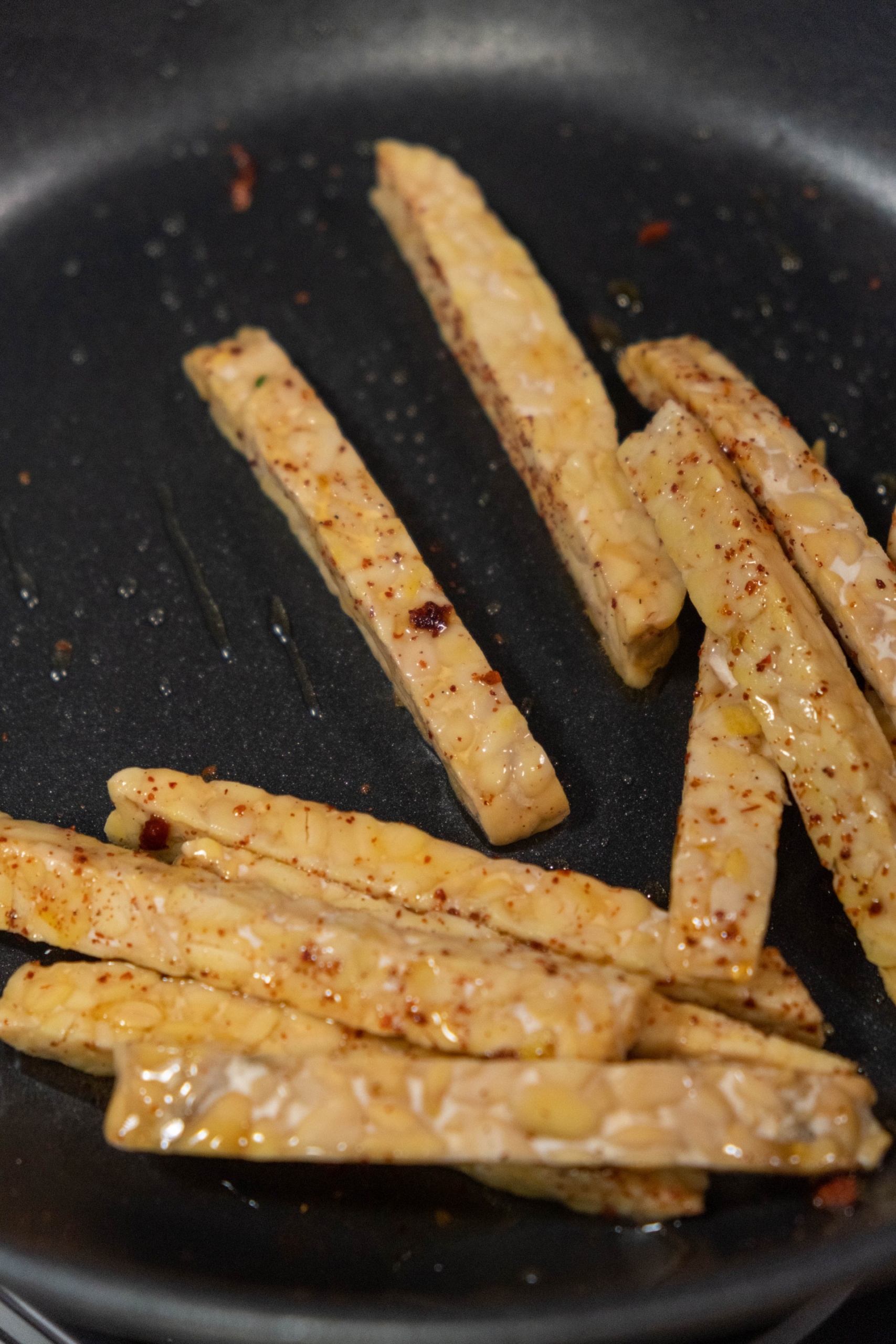
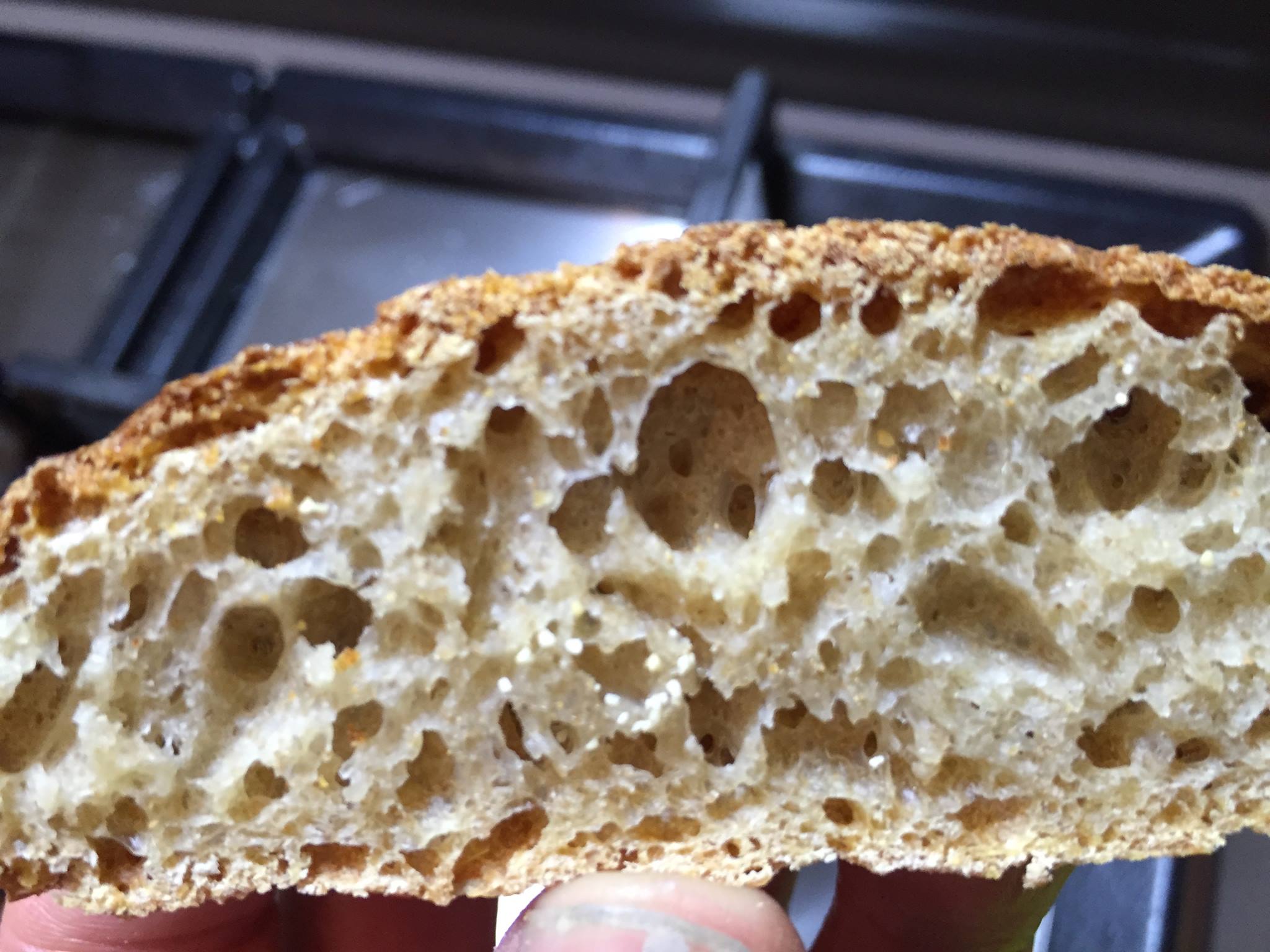
“I had thought fermentation was controlled death. Left alone, a head of cabbage molds and decomposes. It becomes rotten, inedible. But when brined and stored, the course of its decay is altered. Sugars are broken down to produce lactic acid, which protects it from spoiling. Carbon dioxide is released and the brine acidifies. It ages. Its color and texture transmute. Its flavor becomes tarter, more pungent. It exists in time and transforms. So it is not quite controlled death, because it enjoys a new life altogether." - Michelle Zauner
